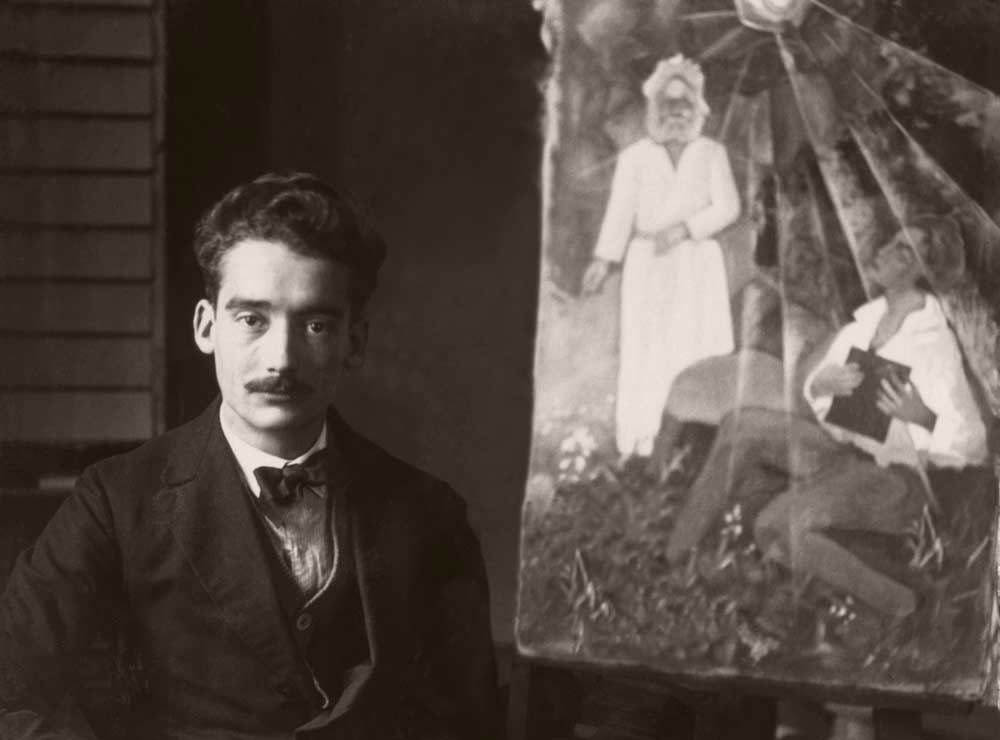Joseph Paul Vorst A Retrospective
About the Artist
The short life of Joseph Paul Vorst (1897–1947) reads like a proxy for the 20th century. Raised in poverty in Germany, Vorst lived through two world wars, struggled through the Great Depression, witnessed personally the rise of the Nazi Party in Europe, and experienced prejudice against German immigrants in America. Fleeing Germany as his celebrated teachers were censored, he settled in St. Louis, Missouri. There, he decried fascism and was embraced by artists and museums in America, exhibiting at the Metropolitan Museum of Art, the Whitney Museum of American Art, the Art Institute of Chicago, the Library of Congress, and the Carnegie Institute, among many others, showing his award-winning paintings and prints widely.
Vorst joined The Church of Jesus Christ of Latter-day Saints in 1924 in Germany and remained an engaged member of his St. Louis branch until his death in 1947. His works, while not overtly sacred in subject matter, repeatedly ask the viewer to approach the tragedies of war, deprivation, and natural catastrophe with Christlike compassion, hope, and advocacy.
Artistically, Vorst took on many media—paintings, drawings, watercolors, murals and mural studies, artists’ books, linoleum cuts, sketchbooks, photographs, etchings, and lithograph prints. His style transformed and was shaped by his two countries—both German Expressionism and the American Scene’s Regionalism and Social Realism.
Sixty years after his death, Vorst’s work is still being uncovered. The linoleum prints based on the New Testament that he exhibited in Salt Lake City in 1934, for example, were thought to be completely lost until last year, when a collector in Germany found an old portfolio in an antiques shop. They are now on display in this exhibit and are the only known copies.
The Church History Museum wishes to acknowledge the generosity and support of lenders to the exhibition Joseph Paul Vorst: A Retrospective. They include the Metropolitan Museum of Art: Thomas J. Watson Library, the Museum of Modern Art, Saint Louis Art Museum, National Gallery of Art, Crystal Bridges Museum of American Art, St. Louis Post-Dispatch, St. Louis Mercantile Library at University of Missouri–St. Louis, Vallarino Fine Art (New York), McCormick Gallery (Chicago), and various private collections in the United States and Germany.




